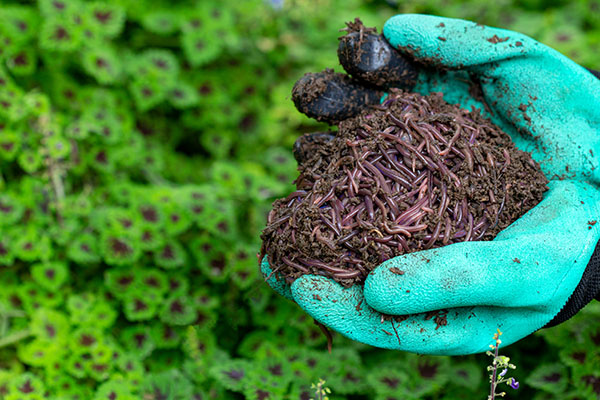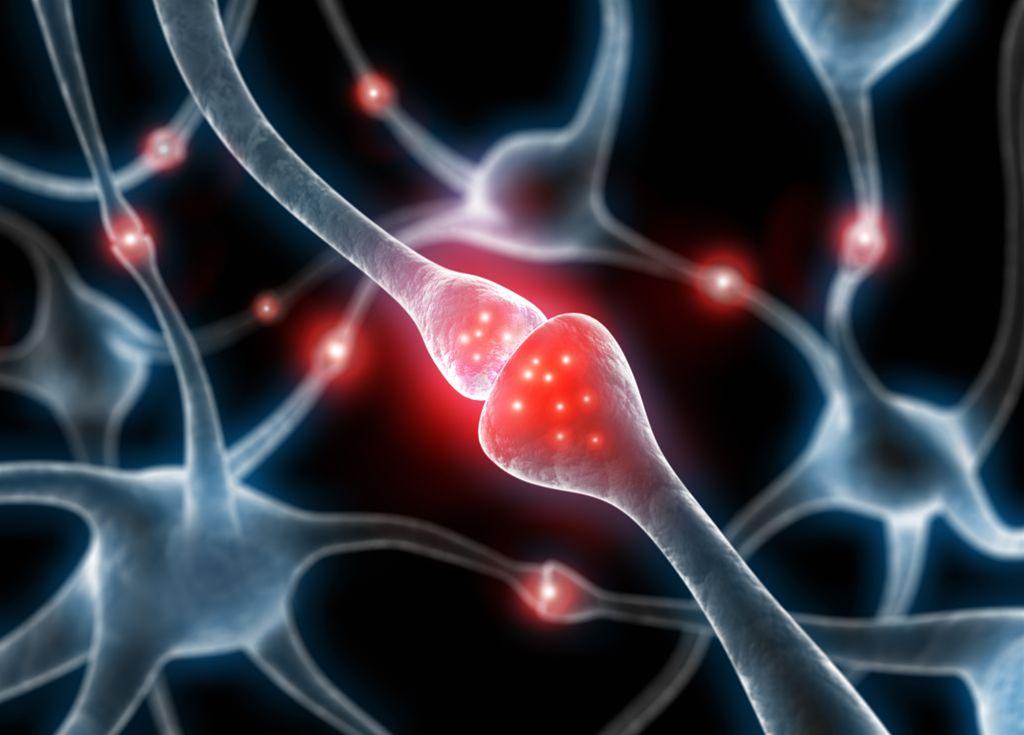 Parler
Parler Gab
Gab
- Museum specimens from six North American bat species emit an identical green glow under UV light.
- The trait is remarkably stable, with bats collected in 1922 glowing the same as those from the 2000s.
- The consistent green wavelength across species suggests they inherited the trait from a common ancestor.
- Bats can likely see this specific green glow, but its ecological purpose remains a complete mystery.
- The discovery validates museum collections for studying this phenomenon and opens new research avenues into bat sensory ecology.
A glow that stands the test of time
The research team examined 60 museum specimens from the Georgia Museum of Natural History, representing species like the big brown bat, eastern red bat and the Brazilian free-tailed bat. The specimens had been collected between 1922 and 2003 from across the United States. The scientists' primary goal was to see if the passage of time had altered the bats' luminous properties. Using a precise instrument called a spectroradiometer, they measured the exact wavelength of the green light emitted from the bats' wings, limbs and tail membranes. The results were unequivocal. A bat collected during the Roaring Twenties produced the exact same green emission—peaking between 520 and 552 nanometers—as a bat caught just two decades ago. The color had not faded or shifted. This durability demonstrates that the source of the glow is a stable biological feature, not a temporary effect of bacteria or fungi, which are unlikely to survive long-term preservation. This finding also validates the use of historical museum collections for studying photoluminescence, allowing scientists to look back through time without concern that preservation techniques have corrupted the signal.An inherited trait, but for what purpose?
The consistency of the discovery extended beyond time. All six species, despite varying in social habits and roosting preferences, glowed the exact same shade of green. This uniformity points strongly to a homologous trait, meaning it evolved once in a common ancestor and was passed down, rather than developing independently in each species. This shared inheritance rules out several potential explanations. For instance, the researchers found no difference in the glow between males and females, making it an unlikely signal for attracting mates. Furthermore, the specific green wavelength emitted by the bats falls squarely within the range that bat eyes are designed to detect. Other research has shown that bat eye proteins are most sensitive to light between 536 and 560 nanometers, a near-perfect match for their own glow. This suggests that, in theory, bats could see this phenomenon on each other. However, a major complication remains: the dark caves and dense tree hollows where many of these bats roost may not contain enough ambient ultraviolet light to trigger a visible glow in their natural habitat.A growing list of glowing mammals
The discovery places bats on a growing list of mammals discovered to photoluminesce under UV light. In recent years, scientists have documented the trait in flying squirrels, platypuses, springhares and opossums. In each case, the "why" remains largely unanswered. For bats, previous studies have shown that Mexican free-tailed bats have glowing bristles on their feet and that certain Australian fruit bats also have luminous wings. The new research provides the first quantitative, multi-species analysis for North American bats, confirming the phenomenon is widespread. The historical context of this research stretches back decades in marine biology and botany, where fluorescence is a well-known tool for communication and camouflage. In mammals, however, it is a newer frontier. Early attempts to find a function have been inconclusive; one study on rats, which are highly photoluminescent, found that the animals showed no behavioral response to the glow, treating glowing and non-glowing models identically. This raises the possibility that for some species, the glow is simply an evolutionary artifact—a trait that may have served a purpose in the distant past but has no current function.Shedding light on a persistent mystery
For now, the discovery is a fascinating biological curiosity with staying power. The fact that the glow is identical across species and has persisted for over a century in museum drawers provides a robust foundation for future research. Scientists can now confidently scour other museum collections to map the trait across the mammalian family tree. The next steps will require studying live bats to see if they behaviorally respond to the photoluminescence and taking precise measurements of UV light levels in their natural environments to determine if the glow is even visible in the wild. The research, while answering the question of the glow's stability, has ultimately deepened the central mystery. The trait is real, measurable and ancient, but its purpose in the dark lives of bats remains shrouded in shadow. As lead author Briana Roberson noted, bats have unique social and sensory systems, and the function of their glow could be more diverse than previously imagined. For a century, these specimens waited in darkness, holding a secret only revealed under a specific kind of light. The challenge now is to determine if that secret is a vital message or merely a ghost of evolution past. Sources for this article include: StudyFinds.org Wiley.com DiscoveryMagazine.comExisting NHS drug shows promise in preventing breast cancer in high-risk women
By Patrick Lewis // Share
New 2D material called MXenes pioneers a path to greener fuel and fertilizer, study shows
By Jacob Thomas // Share
Poor heart health in midlife linked to greater dementia risk, study finds
By Patrick Lewis // Share
A legacy of lies: Smoking rates fall, but tobacco’s grip chokes health and economy
By Ava Grace // Share
Three Chinese University of Michigan researchers charged with bio-smuggling
By Ava Grace // Share
Governments continue to obscure COVID-19 vaccine data amid rising concerns over excess deaths
By patricklewis // Share
Tech giant Microsoft backs EXTINCTION with its support of carbon capture programs
By ramontomeydw // Share
Germany to resume arms exports to Israel despite repeated ceasefire violations
By isabelle // Share










